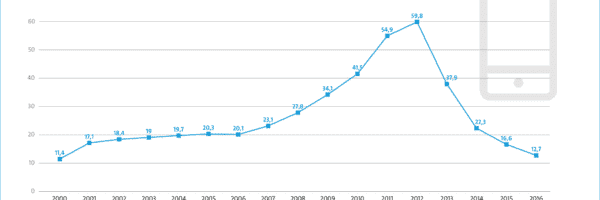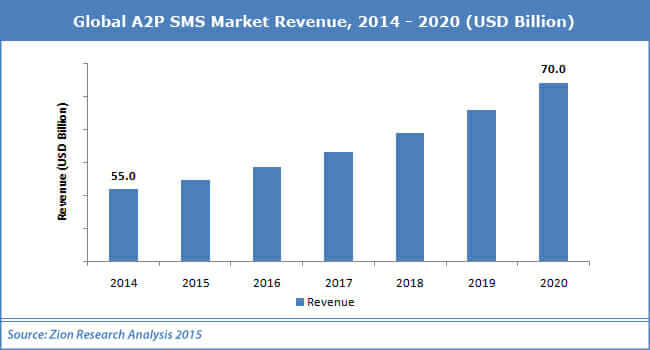25 years ago the first SMS was sent. It was followed by highs and deeps as well as innovative changes that significantly influenced not only the design but also the functionality. Today, the SMS is facing the big question of whether and how it goes on …
With 25 already close to the end?
Almost every mobile device in the world is able to receive SMS. This alone speaks for the success of the so-called Short Message Service. As a pioneer in terms of telecommunications, the SMS was very popular quickly, sat down against competitors such as fax and email stoically for a long time – and shall now die out?
In the industry one speaks recently of the extinction of the SMS. Free services such as WhatsApp, Messenger, iMessage and Co. crowd on the smartphones, push notifications are constantly filling the display – who is yet paying attention to incoming SMS?
More than you probably suspect. It should never be forgotten that SMS has been the No. 1 communication tool for so long, especially because of its adaptability, and that’s still the case for many business solutions (such as A2P). It may be that SMS is no longer the first choice in many areas of application, but from extinction is by no means a trace. Instead, the text message takes on new, promising shapes and will probably surprise us with some trend.

